Cats are often seen as independent and aloof creatures, but that doesn’t mean they don’t crave love and attention. Just like any other family member, your feline friend deserves to feel included in family life. By understanding your cat’s unique personality and needs, you can create an environment where they feel loved, appreciated, and part of the family unit. In this article, we’ll explore various ways to make your cat feel like an integral part of your household, ensuring they are happy and well-adjusted.
Understanding Your Cat’s Behavior
Cats communicate differently than humans or even dogs. Understanding their behavior is crucial to helping them feel included. They may not wag their tails or bark, but they have their own ways of showing affection and seeking attention. For instance, a purring cat may be expressing contentment, while a softly blinking cat might be saying they trust you. Observing these subtle signals can provide insight into what makes your cat happy. By tuning into these cues, you can respond appropriately, making your cat feel more like a family member.
Creating a Cat-Friendly Space

A cat-friendly space doesn’t have to be an entire room; it can be a cozy corner or a windowsill with a view. Cats love to explore and perch up high to observe their surroundings. Consider adding cat trees or shelves at different heights. This allows them to engage in natural behaviors like climbing and jumping. Soft bedding and toys can also make the space inviting. By providing a dedicated area, you’re showing your cat that they have a special place in your home, reinforcing their sense of belonging.
Interactive Playtime
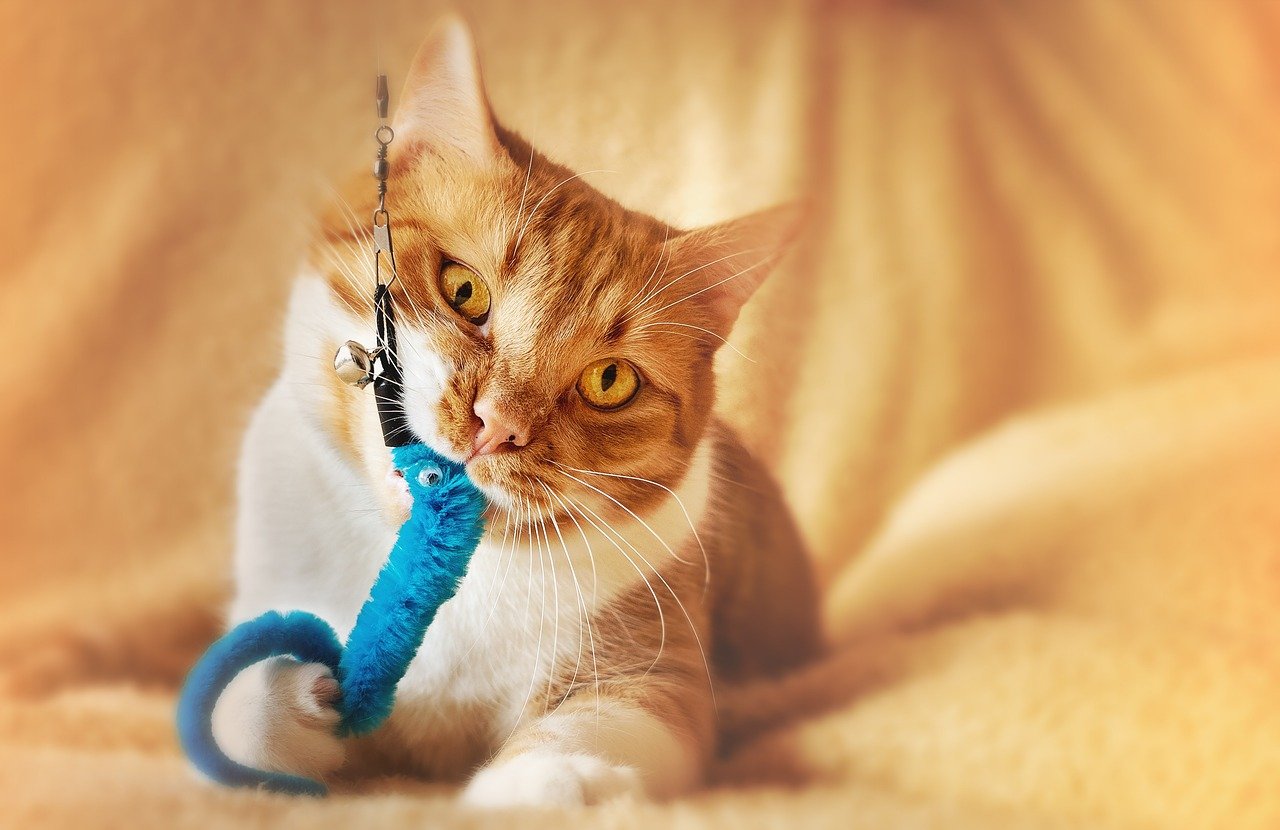
Playtime is essential for a cat’s well-being, both physically and mentally. Interactive play stimulates their hunting instincts and provides a bonding opportunity for you and your cat. Use toys like feather wands or laser pointers to engage them in playful activity. Regular play sessions can help reduce anxiety and build trust. It’s not just about exercise; it’s about spending quality time together. This shared experience can make your cat feel more connected to the family unit.
Including Your Cat in Daily Activities
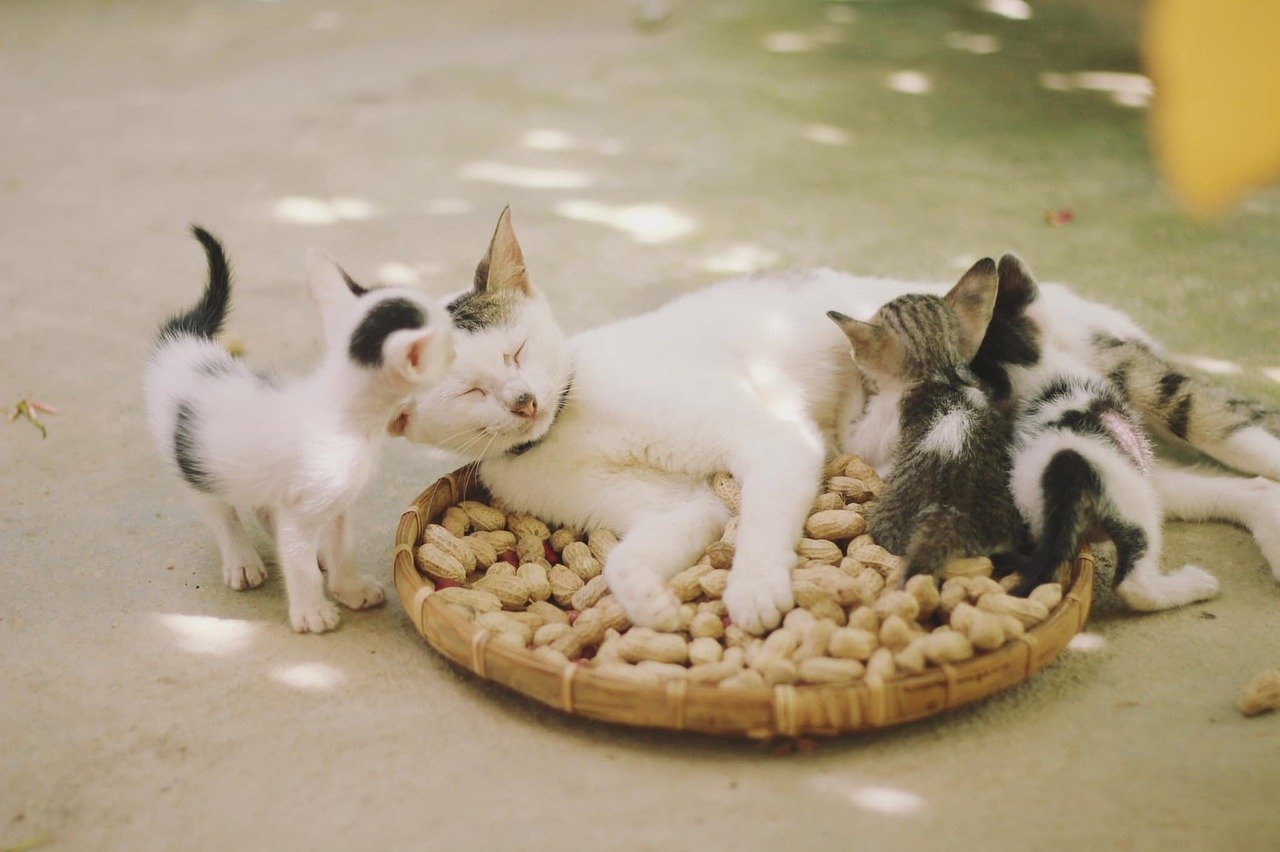
Cats are curious creatures and often want to be involved in whatever you’re doing. Whether you’re reading, cooking, or working from home, allow your cat to be nearby. Set up a comfortable spot where they can watch and occasionally join in. This inclusion can be as simple as letting them sit on your lap while you read or giving them a treat while you’re in the kitchen. By acknowledging their presence, you’re letting them know they’re a valued part of the family.
Establishing a Routine
Cats thrive on routine. Having a predictable schedule for feeding, playtime, and cuddles can make your cat feel secure and included. They like knowing when to expect meals or when you’ll be home from work. A routine provides stability, which is particularly important for rescue cats who may have had a tumultuous past. By sticking to a schedule, you show your cat that they are an important part of your daily life, reinforcing their place in the family.
Positive Reinforcement
Positive reinforcement is a powerful tool in making your cat feel included. Rewarding good behavior with treats, affection, or playtime encourages them to be more social and involved. If your cat comes to sit with the family, offer them gentle pets or a special treat. Over time, they’ll associate these positive experiences with being part of the family. Consistent reinforcement helps build trust and strengthens your bond with your feline friend.
Inviting Your Cat to Social Gatherings
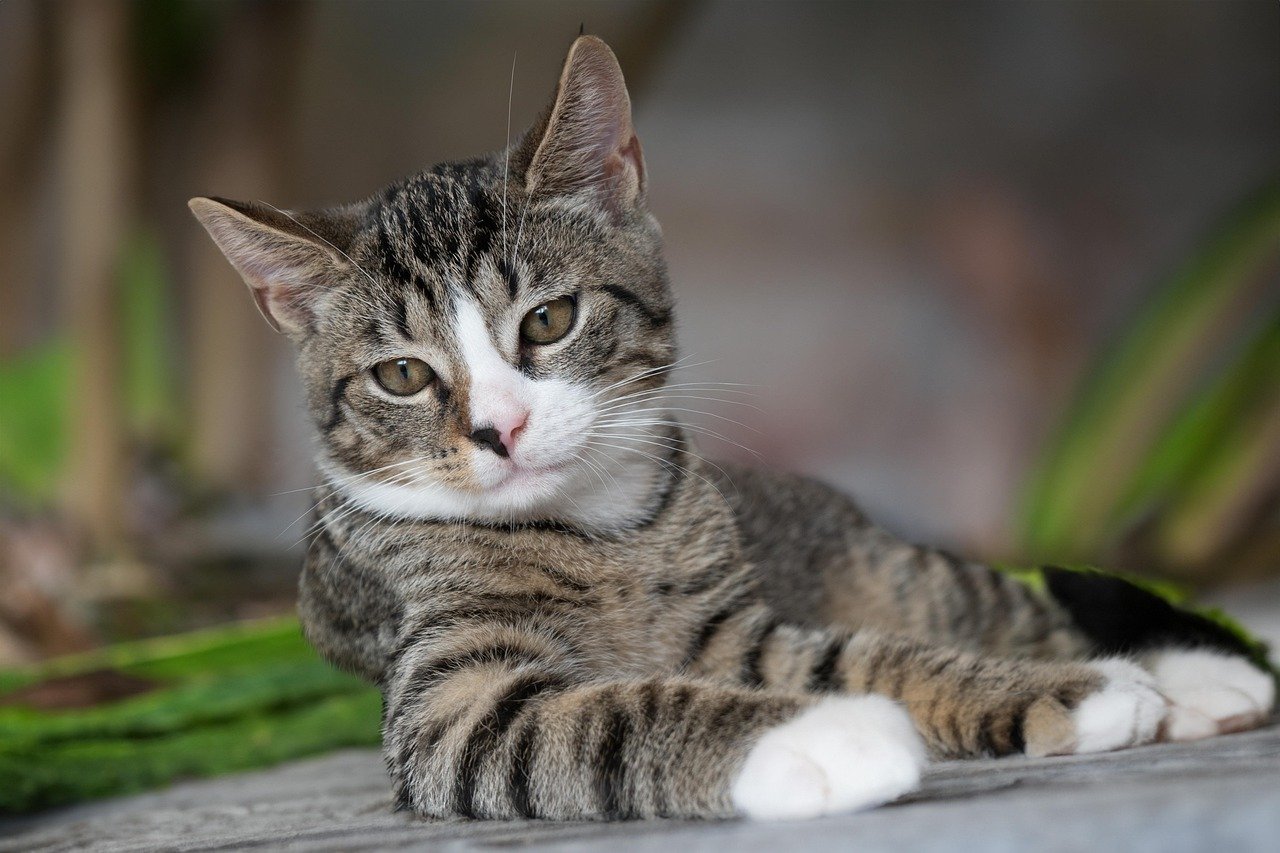
While some cats may shy away from large gatherings, others may be curious about guests. If your cat is sociable, allow them to explore and interact with visitors. Create a safe space where they can retreat if they become overwhelmed. Educate guests on how to approach your cat gently, ensuring positive interactions. By allowing your cat to join these social events, you’re integrating them into family life and broadening their social experiences.
Communicating with Your Cat
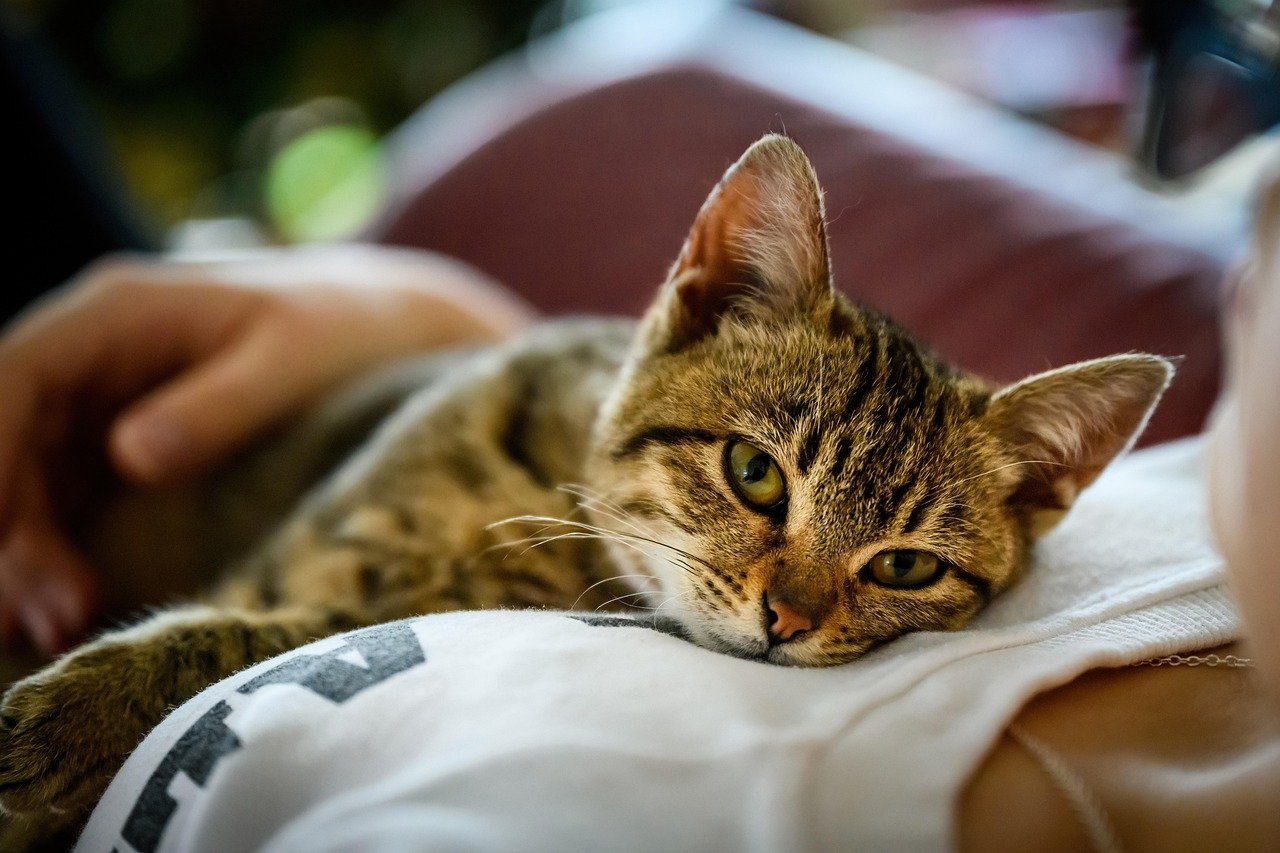
Communication isn’t just verbal; it’s also about body language and tone. Speak to your cat in a calm and soothing voice. They may not understand the words, but they can pick up on your emotions. Mimic their body language by blinking slowly or gently touching their nose. These gestures can convey affection and trust. By making an effort to communicate, you strengthen your connection and make your cat feel more included in your family.
Providing Consistent Care
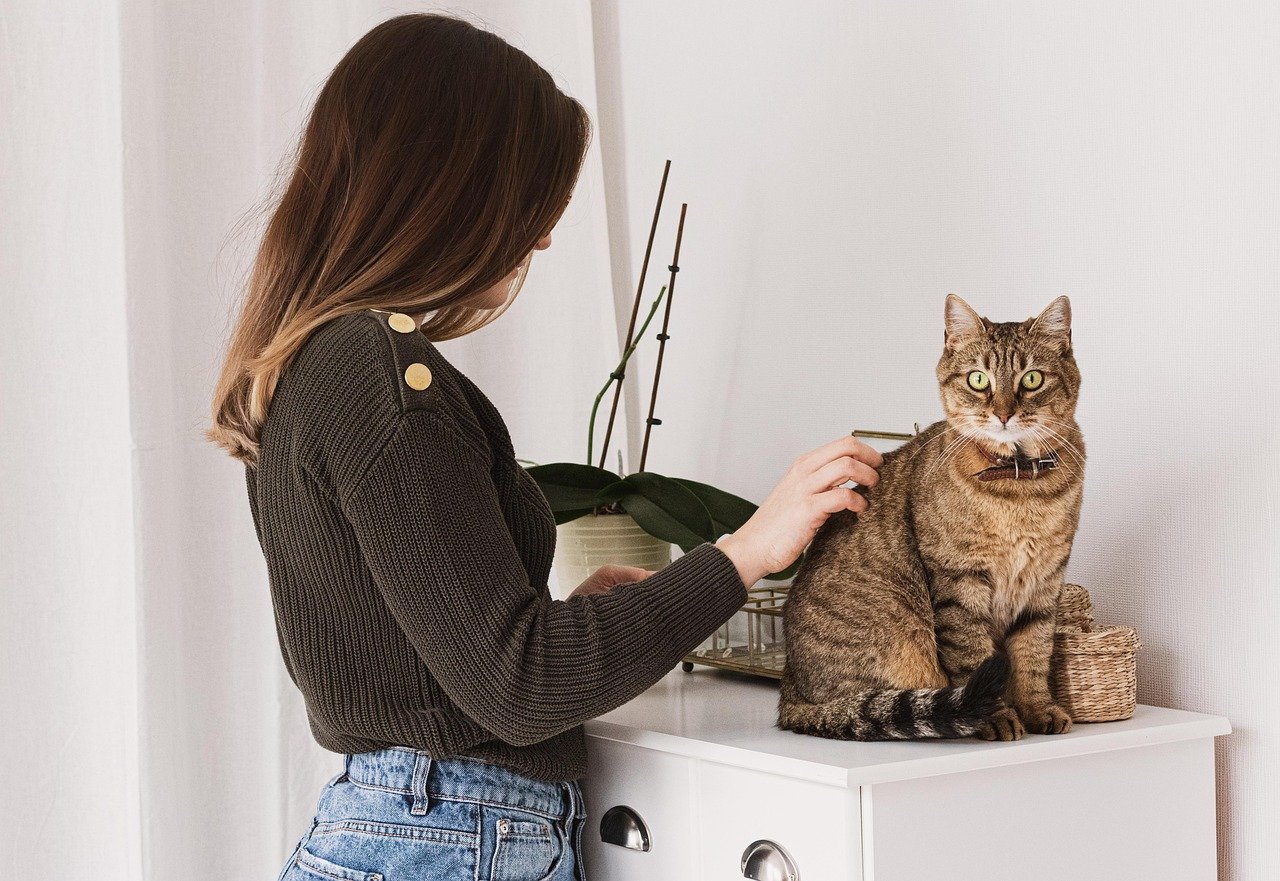
Consistent care is fundamental in making your cat feel included. Regular grooming, vet visits, and a balanced diet are essential aspects of responsible pet ownership. Show them love through gentle grooming or brushing sessions, which can be a bonding experience. Ensure they have fresh water and a clean litter box. By attending to their physical needs, you’re showing your cat that their well-being is a priority, reinforcing their importance in the family.
Building a Strong Bond
Building a strong bond with your cat takes time and patience. It’s about being present and attentive to their needs. Spend time with your cat, even if it’s just sitting in the same room. Share quiet moments and respect their boundaries. Over time, these interactions foster a deep connection, making your cat feel secure and loved. A strong bond ensures that your feline friend feels like a cherished member of the family.
In conclusion, helping your cat feel included in family life involves understanding their unique behaviors and needs. By creating a cat-friendly environment, engaging in interactive play, maintaining routines, and communicating effectively, you can foster a sense of belonging for your feline friend. Remember, every cat is different, and what works for one may not work for another. Be patient and attentive, and you’ll find the perfect way to make your cat feel like a valued member of your family.

Linnea is a born and bred Swede but spends as much time as possible in Cape Town, South Africa. This is mainly due to Cape Town’s extraordinary scenery, wildlife, and atmosphere (in other words, because Cape Town is heaven on earth.) That being said, Sweden’s majestic forests forever hold a special place in her heart. Linnea spends as much time as she can close to the ocean collecting sea shells or in the park admiring puppies.






